In today’s episode of Poolside Chat, Rob and Matt tackle another common swimming pool question:
- Flex PVC vs Rigid PVC
What are your thoughts on flexible PVC? Sounds like a dream having way less fittings and gentler curves to maximize flow. Are there any downsides?
We decided to contact David a pool plumbing expert. David has years of pool service experience in Southern California. And is one of the most respected professionals in the industry.
Dave’s advice
- I know that it is widely used in Hot Tubs. I think the ease of plumbing such a small area is why the Hot Tub Industry uses it so widely. It seems very reliable and durable in this application.
- For underground plumbing, I have heard builders complain about potential holes forming if installed near rocks. If used underground in dirt Termites can eat thru it to get to a water source – there is even a warning on the FlexPVC website about this.
- He goes on to say that the flexible pvc has a lower psi rating than rigid pvc but that would not be an issue because the pressure in most pool plumbing will not get above 40 psi.
Thank you, David, for taking the time to help us out. If you want to check out his videos, the link to his channel is in the description below. Until next time, we’ll see you poolside.
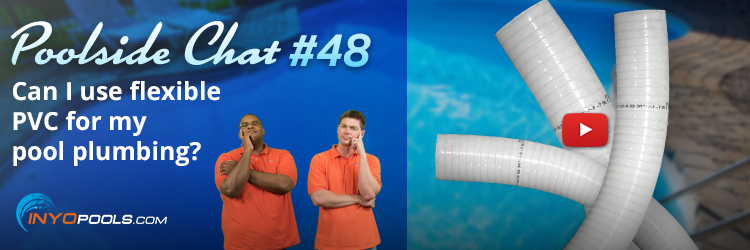
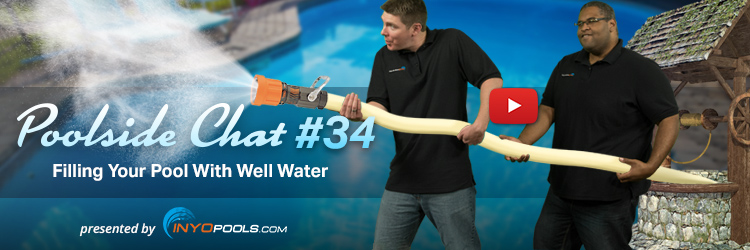
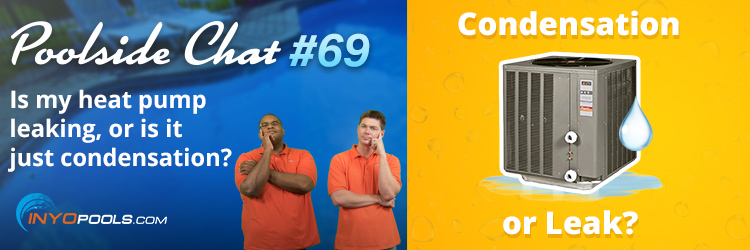
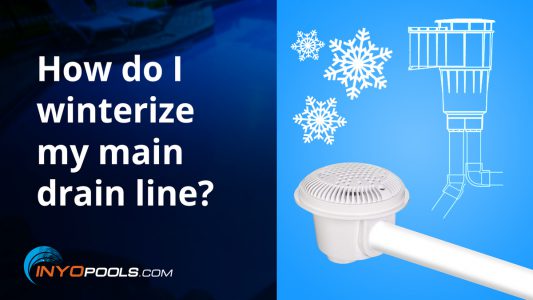
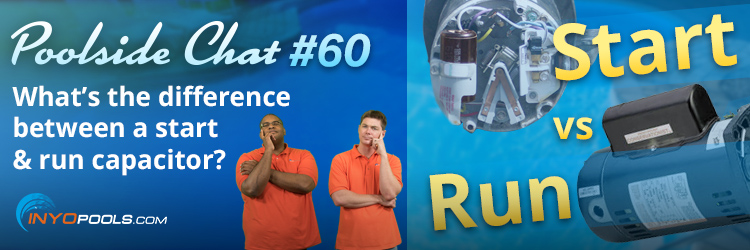






I’ve had flexible pvc on my pool for 30yr. in Massachusetts with no leaks. My neighbor had to dig up a section of his solid pvc pipe after joint failure. I agree you shouldn’t use flexible pvc if you have a termite problem. Flex pvc is more resistant to frost heave than solid pvc with multiple connections below ground level and flex pvc can be used in long runs with only a few glued connections. As far as glued connections, I never had a failure.
I just replace a 60ft run of black 1 1/2″ poly pipe with 2″ white pvc flex pipe along with a new skimmer. Originally installed in1975. The black poly had a few repairs where it had kinked over steel pool supports. The new run was buried in a layer of mortar sand and well away from the pool deck. With only one elbow and a union at the pump suction the flow as increased by 20%. Good for another 40 years. The bottom drain was also eliminated and will be completely caped off with the new liner this year.